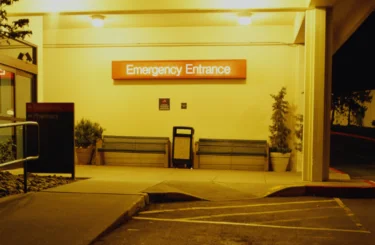
Health Care Costs Rise Despite Dramatic Reduction in Medical Malpractice Payouts
Political watchdog group Public Citizen released a study this week showing that the cost of health care in the U.S. continues to soar notwithstanding the enactment of tort reform laws that have dramatically limited compensation for medical malpractice victims.
Tort reform debates reached a fever pitch ten years ago when medical malpractice payouts – verdicts and settlements paid on behalf of health care providers accused of professional negligence – reached their highest level since 1990, the year the government began recording the data. Since then, 30 states, including Michigan, have put in place damages caps and other measures that restrict a patient’s ability to seek compensation, causing the frequency and amount of medical malpractice payouts to decline as a result.
While payments declined 28.8% over the past decade (hitting a record low in 2012), the same can’t be said of overall health care costs, which increased 58.3% over the same period. According to Public Citizen’s math, had reduction in medical malpractice litigation yielded the intended results, the nation’s health care bill would have correlated to $1.3 trillion in 2012 – not $2.8 trillion, the actual figure.
The report included a number of specific conclusions, including:
- Medical malpractice payments on behalf of doctors accounted for just 0.11% of national health care costs in 2012
- The costs for medical malpractice litigation (i.e., payments to victims, litigation defense costs, liability insurers’ profits, and insurers’ administrative costs) dropped to 0.36% of national health care expenditures
- 81% of medical malpractice awards in 2012 were paid to compensate victims or their surviving family members for death and significant permanent injuries. Specifically, claims involving quadriplegia, brain damage, injuries requiring lifelong care, and death accounted for 43% of medical malpractice payouts, clearly undermining tort reform advocates’ assertions that medical malpractice lawsuits are largely “frivolous.”
Public Citizen also determined that there is no evidence that the decline in medical malpractice payouts is due to safer medical care. Although a 1999 Institute of Medicine report concluded that, based on statistics at that time, several times as many people were dying from medical errors as the total number of patients receiving compensation for medical malpractice, efforts since then have done little if anything to reverse the trend.
Ineffective health care and the consequences of medical errors are topics that Sommers Schwartz routinely monitors. To learn more about the types of professional negligence that all too frequently devastate the lives of patients and their family, visit the Medical Malpractice section of our website, and return to our blog in the future as we continue to chronicle major developments and discoveries in this area.
Robert B. Sickels
For more than 30 years, Robert Sickels has successfully represented plaintiffs involved in complex personal injury, medical negligence, and products liability matters.





